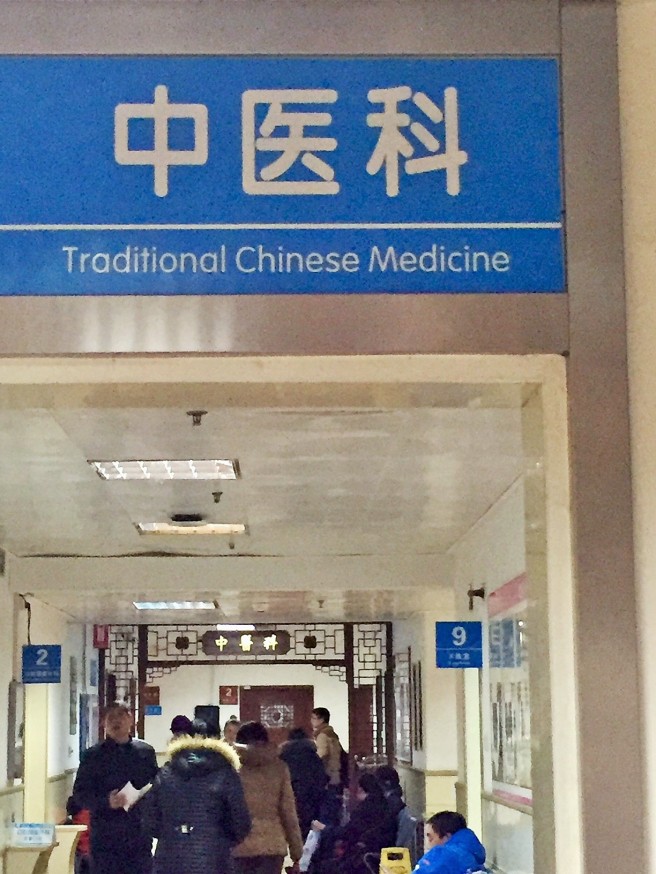 Today Diana and I spent our day observing Traditional Chinese Medicine (TCM) and acupuncture. It was an amazing experience and completely different from anything I have previously experienced. TCM is a style of traditional medicine informed by modern medicine, but built on a foundation of over 2,500 years of Chinese medical practice. The basic tenets of TCM hold that the body’s vital energy (chi or qi) circulates through channels that have branches and are connected to organs and bodily functions.
Today Diana and I spent our day observing Traditional Chinese Medicine (TCM) and acupuncture. It was an amazing experience and completely different from anything I have previously experienced. TCM is a style of traditional medicine informed by modern medicine, but built on a foundation of over 2,500 years of Chinese medical practice. The basic tenets of TCM hold that the body’s vital energy (chi or qi) circulates through channels that have branches and are connected to organs and bodily functions.
Examination of the tongue and pulse points as well as asking questions about symptoms are the principal diagnostic methods of TCM. The shape, color of tongue and teeth marks are examined. The pulse is taken in three different locations on both wrists at a superficial and deep level and is examined for rhythm, strength, volume etc. The doctor then prescribes concoctions of herbs that the patient takes to a traditional pharmacy to have filled. These concoctions are unique to each patient.
Acupuncture, the insertion of needles in to superficial structures of the body and their manipulation aim to influence the flow of the qi. Acupuncture is often accompanied by moxibustion, the burning of mugwort on or near the skin at an acupuncture point. Electroacupuncture where an electric current is applied to the needles once they are inserted to further stimulate the acupuncture points is also used.
— Bridget








